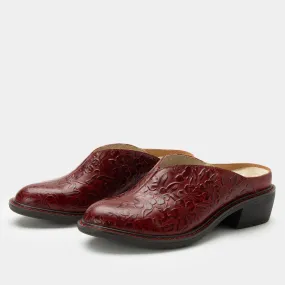Original Item: Only One Available. A fantastic example of a World War One Austrian trench club that shows evidence of its age due to use and weathering. It has a length of 22 inchs (560 mm) and weighs 1.6 pounds (731 grams). The head of the club is constructed from a piece of iron pipe 4.7 inches longs. The symmetrical "bristly pattern" for the club head appears to be constructed from either thick wire (3.0 mm diameter) or possibly nails with their heads filed off. The added "hardware" increases the effective weight for this weapon and directs the energy along the line of spikes. This therefore concentrated the force for the club's impact upon a narrower paint of contact on the victim's body. Its handle gradually tapers away from the head only to expand again above the grip in forming a decorative 31 mm collar bearing an 8.0 mm Lanyard hole. The "double-convex" grip (narrower at the top and bottom and wider in the center) exhibits 7 regular-spaced grooves that provide "grip assurance" for its user. Its pommel is small and slightly egg-shaped.
Purchased from a collection used in At Arm's Length Trench Clubs and Maces Vol. 2 by David F. Machnicki where this very club is featured on page 8! Please note that the attached page image from the book is copyrighted material and the use of the page is done by permission of the author.
Trench raiding clubs were homemade melee weapons used by both the Allies and the Central Powers during World War I. Clubs were used during nighttime trench raiding expeditions as a quiet and effective way of killing or wounding enemy soldiers. The clubs were usually made out of wood. It was common practice to fix a metal object at the striking end (e.g. an empty Mills bomb) in order to maximize the injury inflicted. Another common design comprised a simple stave with the end drilled out and a lead weight inserted, with rows of large hobnails hammered in around its circumference. Most designs had some form of cord or leather strap at the end to wrap around the user's wrist. Bosnian soldiers serving in the Austro-Hungarian army were fond of using maces. They were also used by officers to finish enemy soldiers wounded by poison gas attacks.
Trench clubs were manufactured in bulk by units based behind the lines. Typically, regimental carpenters and metal workers would make large numbers of the same design of club. They were generally used along with other "quiet" weapons such as trench knives, entrenching tools, bayonets, hatchets and pickaxe handles – backed up with revolvers and hand grenades.




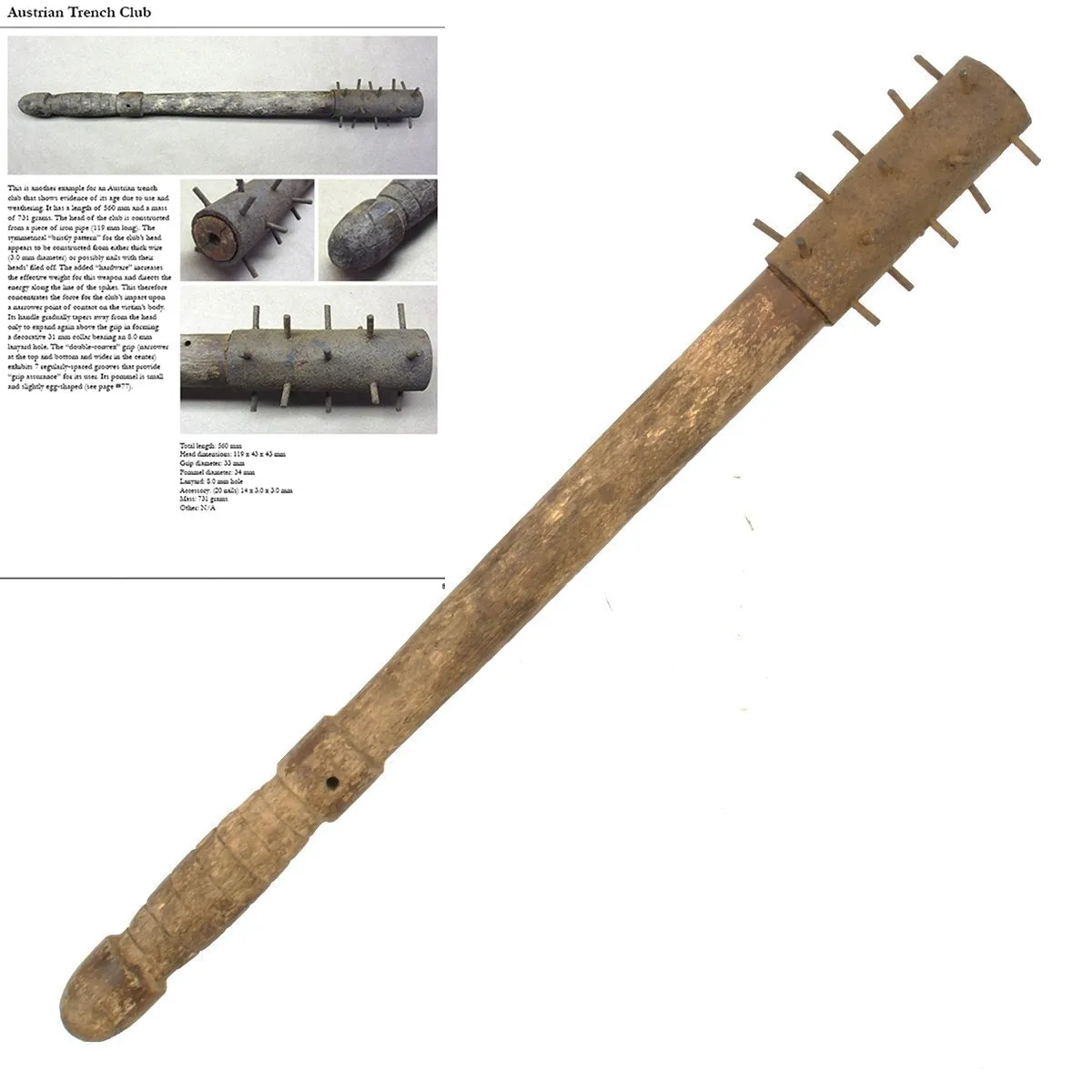
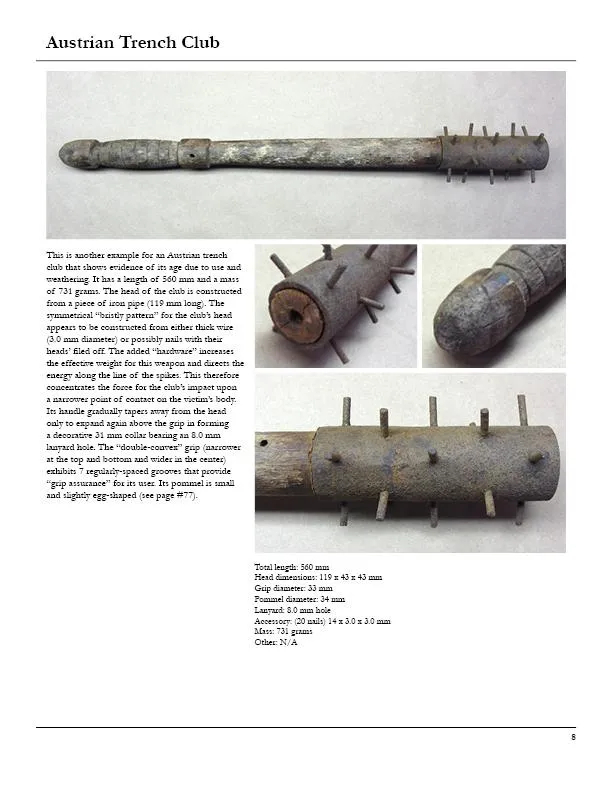
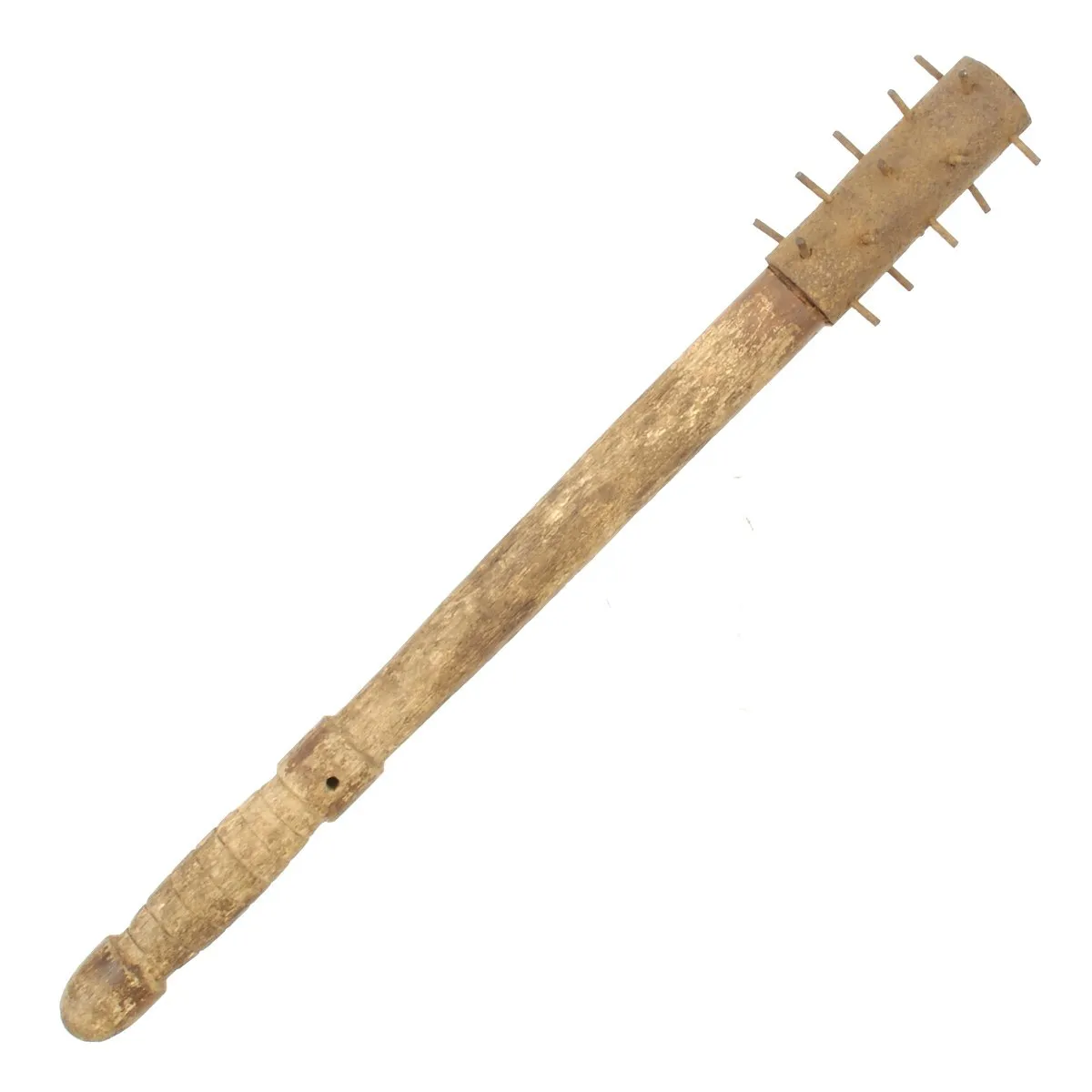
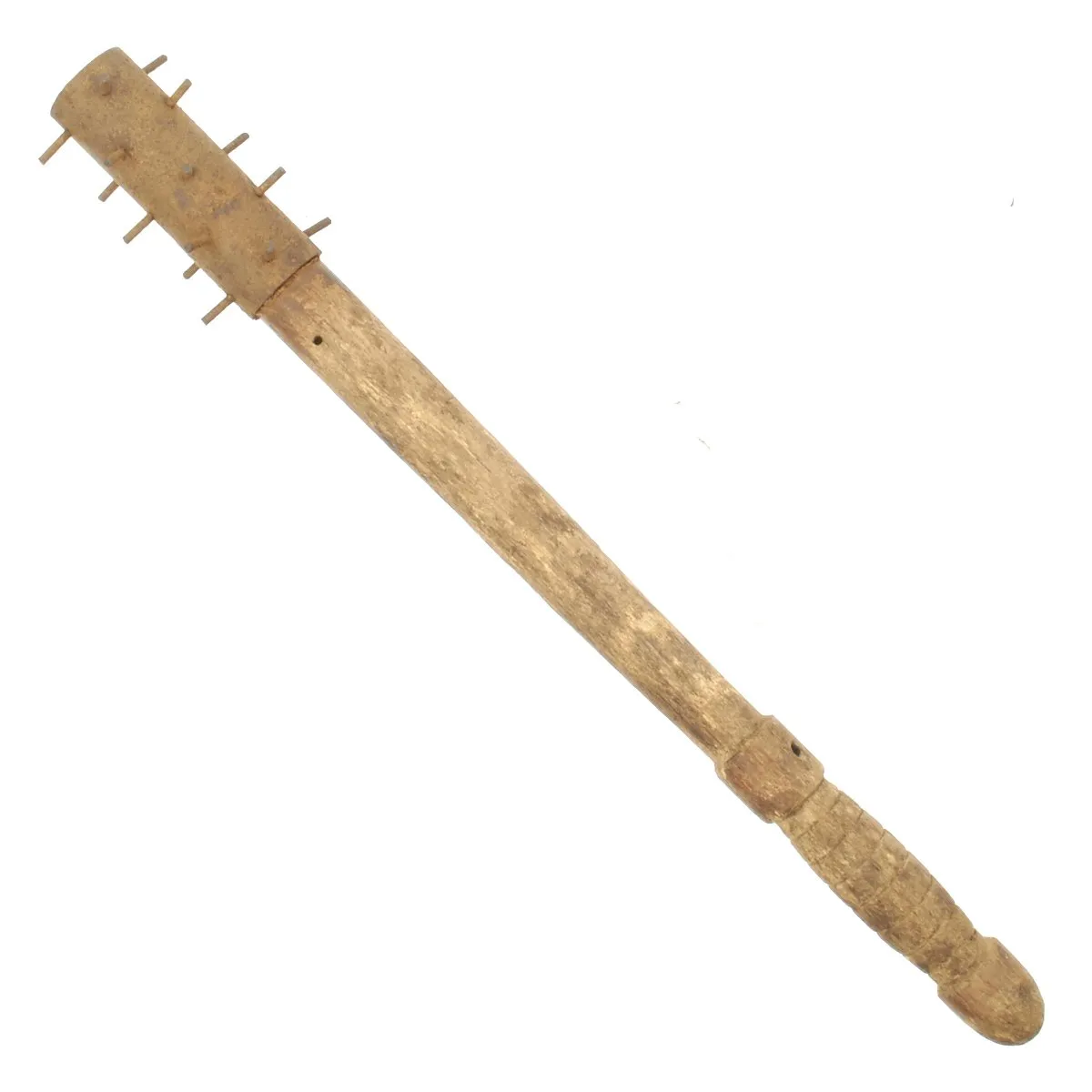
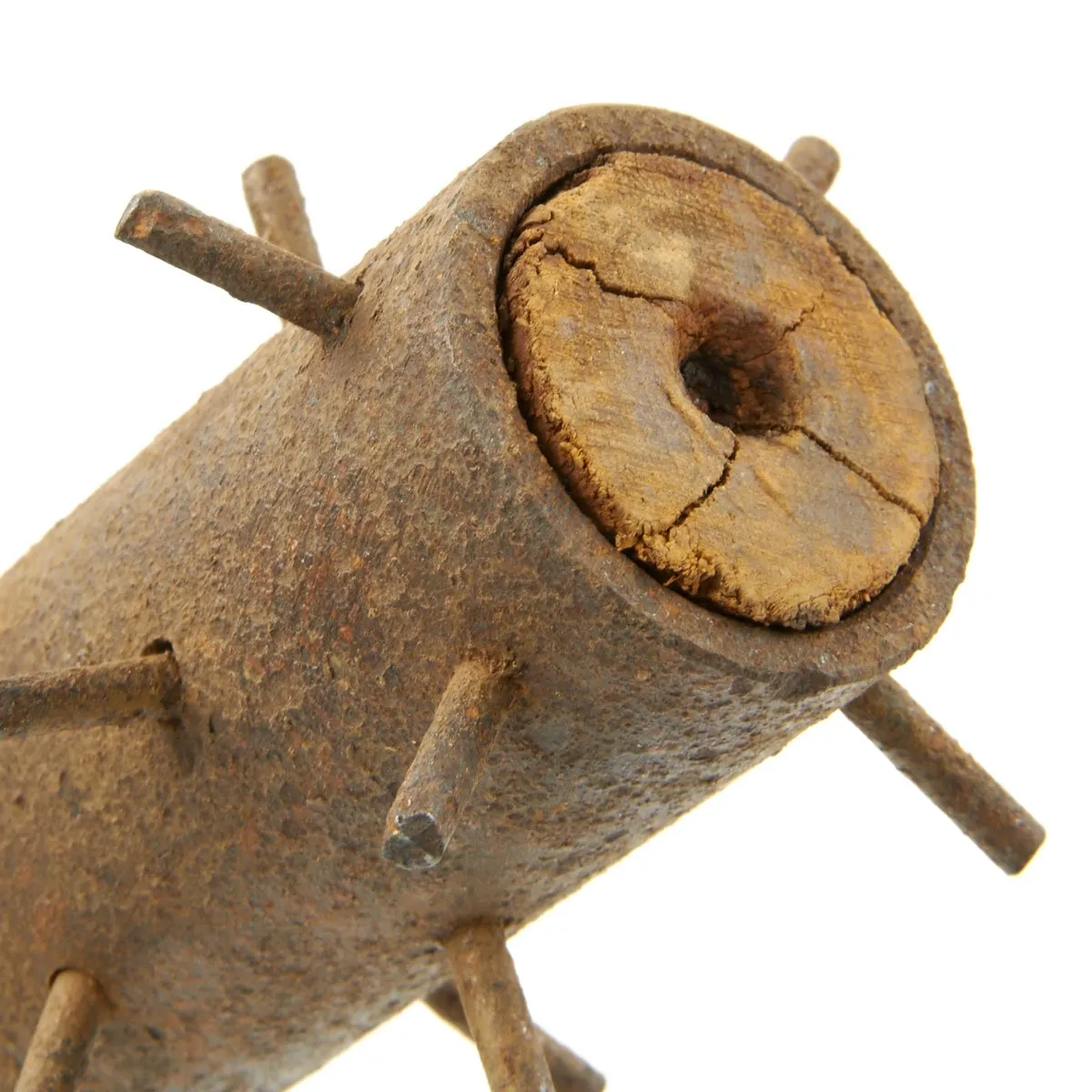
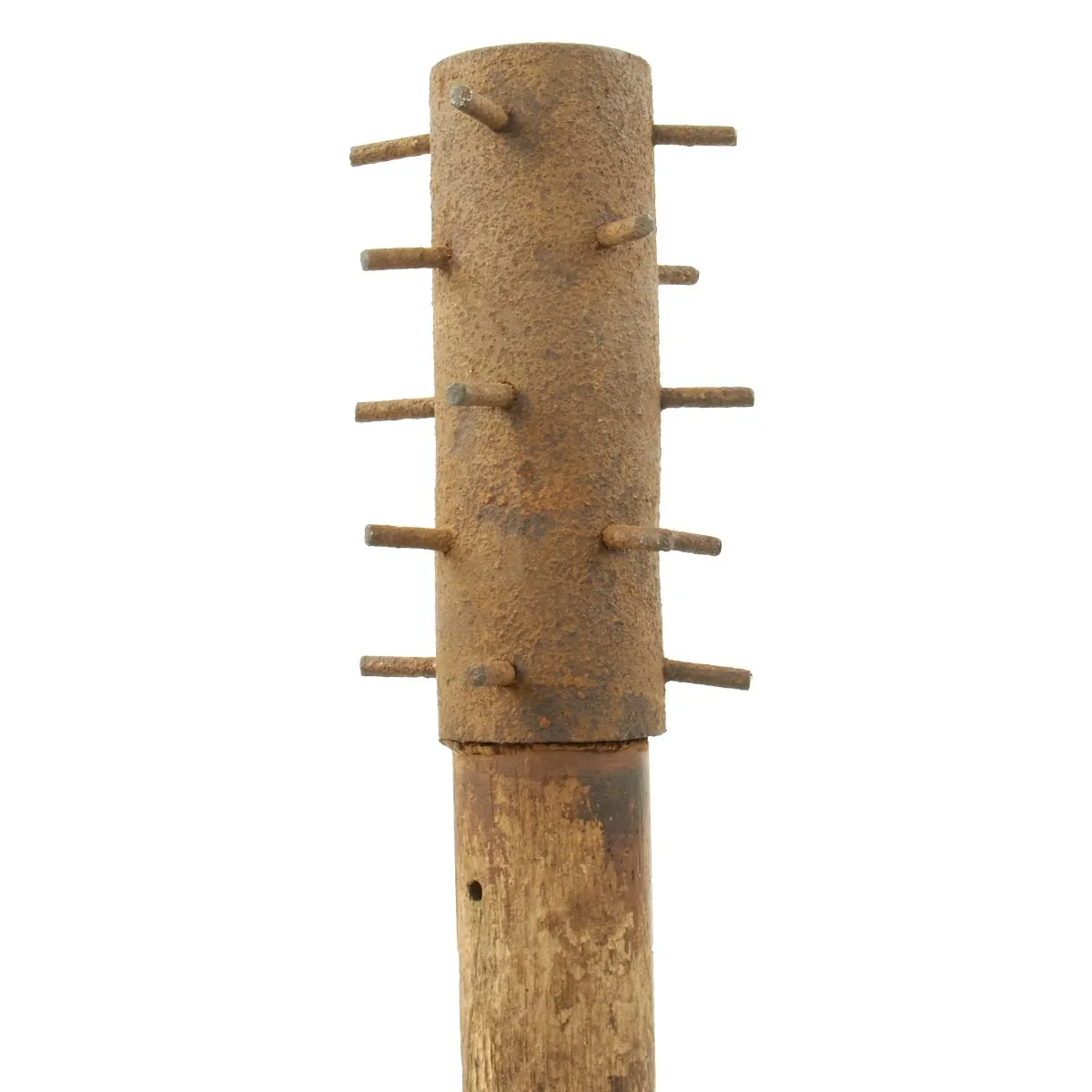
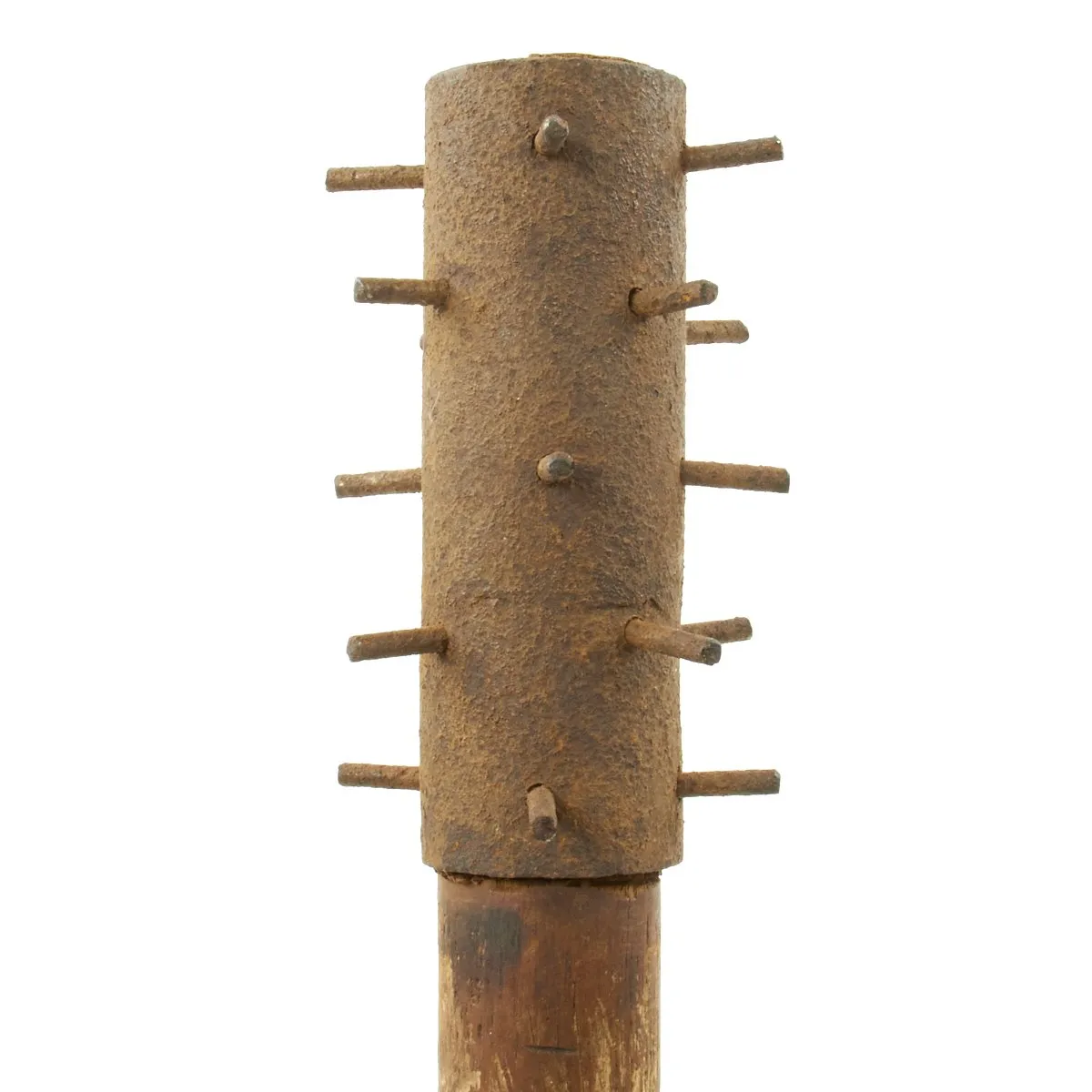
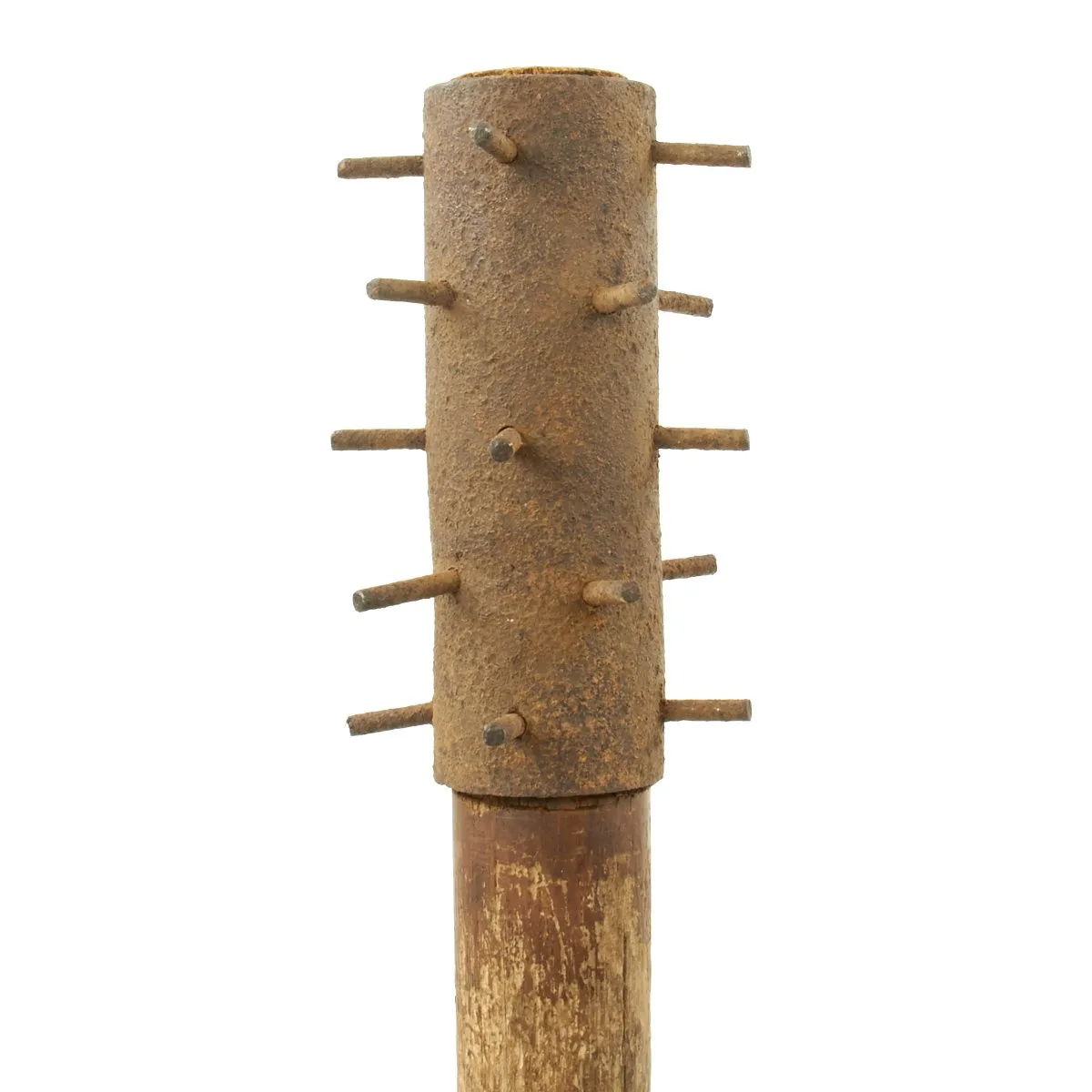
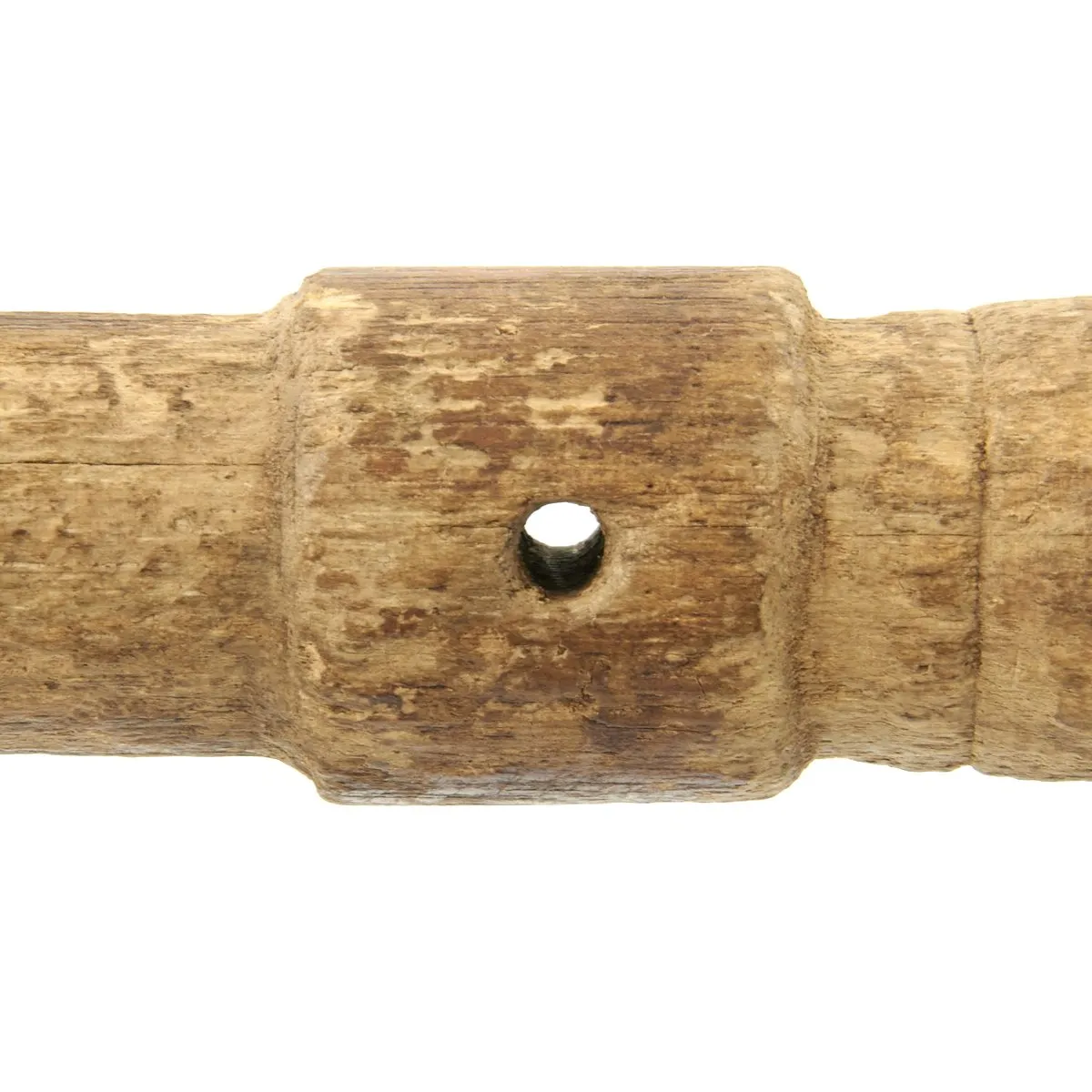
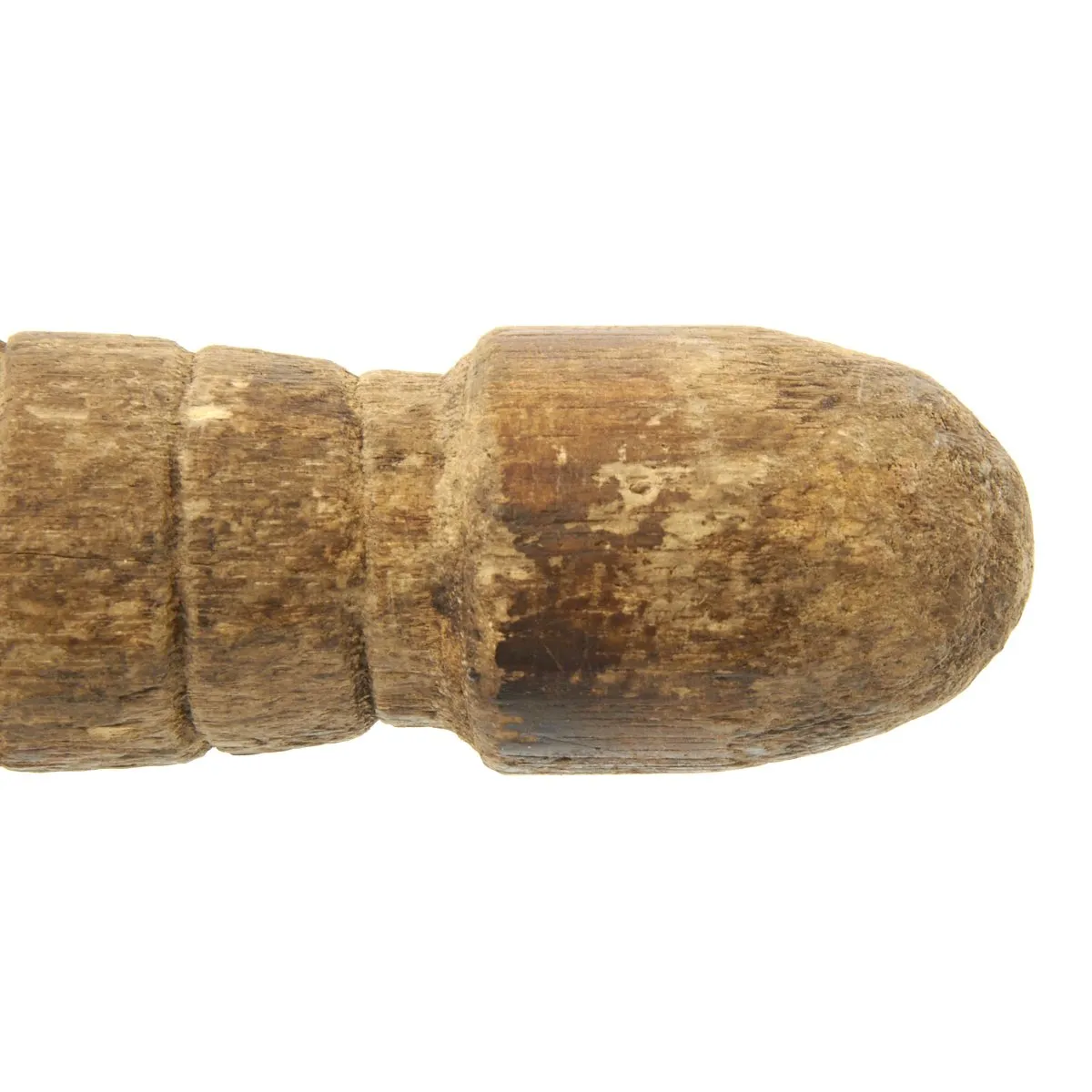
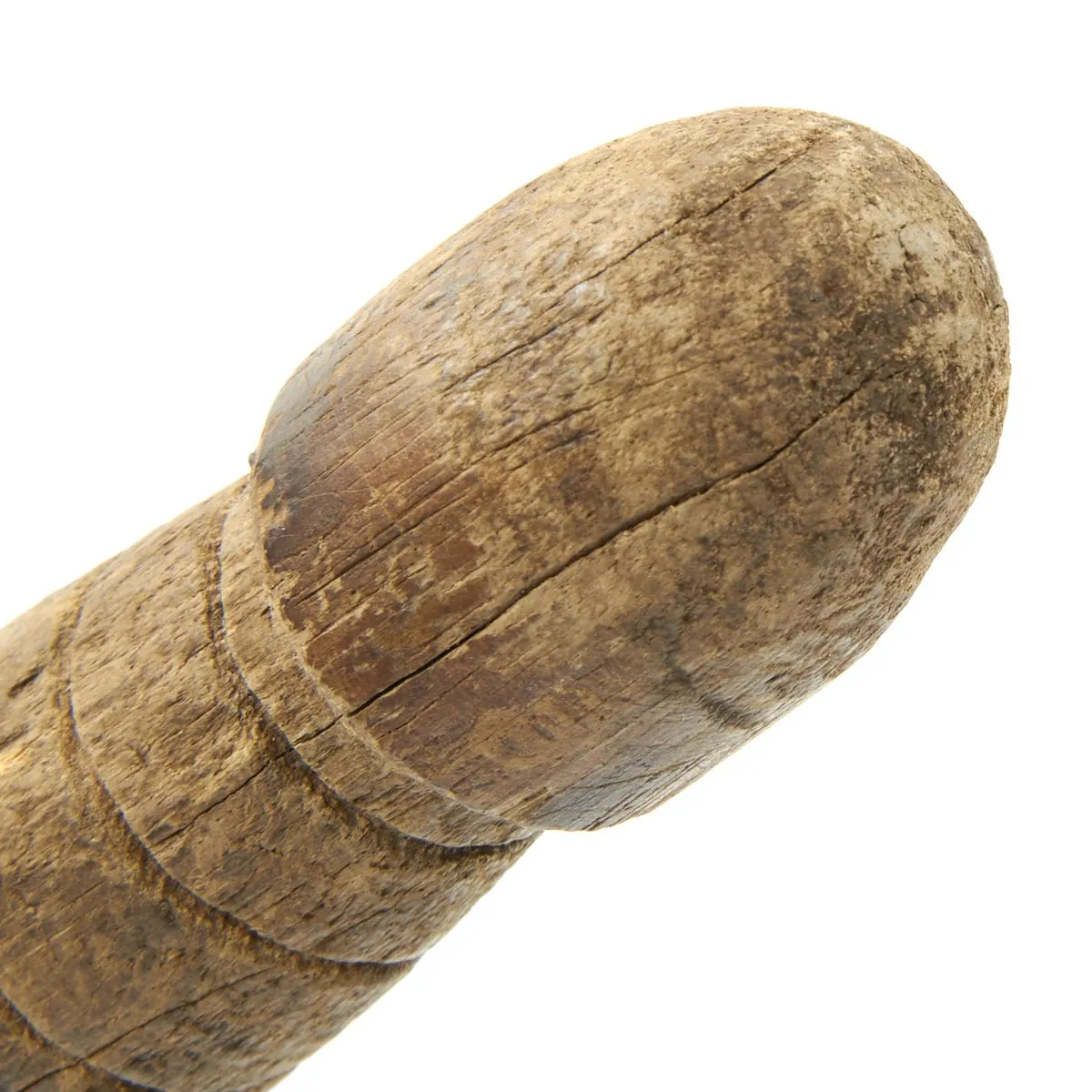
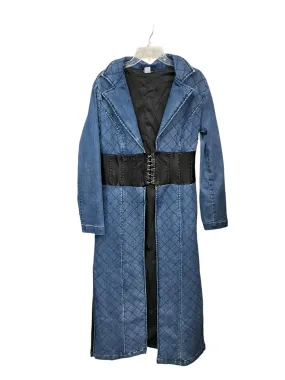

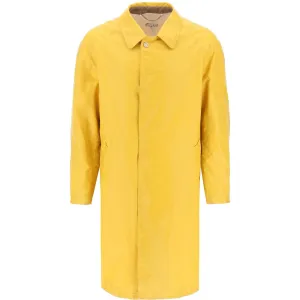
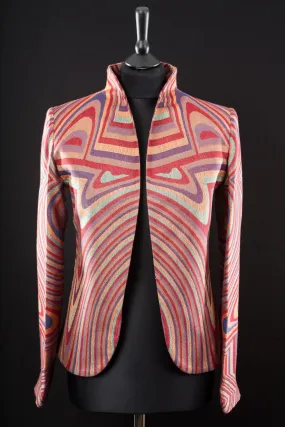
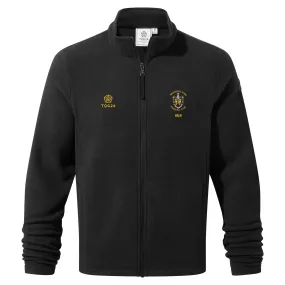


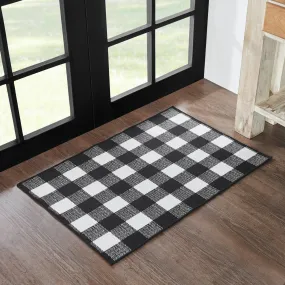
![Waterway Manifold Wye [2" Slip x 2" Slip x 2" Slip] (672-8000) Waterway Manifold Wye [2" Slip x 2" Slip x 2" Slip] (672-8000)](https://www.cozychic.shop/image/waterway-manifold-wye-2quot-slip-x-2quot-slip-x-2quot-slip-672-8000_QR8A1O_285x.webp)
